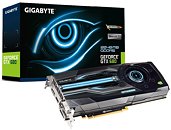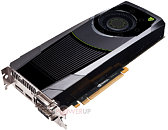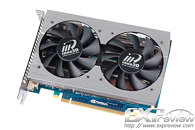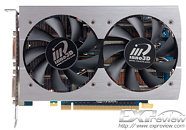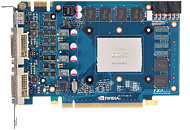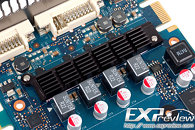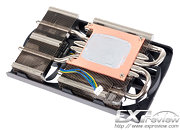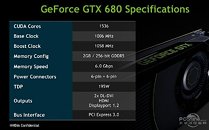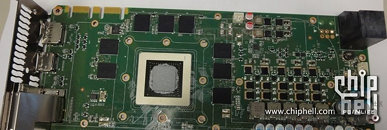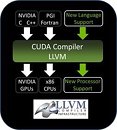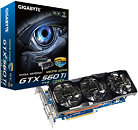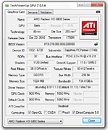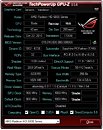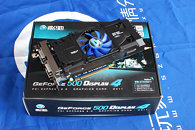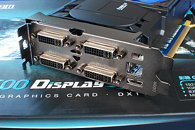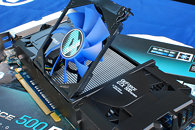
NVIDIA GPUs Power Top Two Russian Supercomputers
NVIDIA today announced that the two most powerful supercomputers in Russia will use NVIDIA GPUs to address some of the world's most challenging scientific problems across a broad range of fields.
Underscoring the dramatic growth in the adoption of GPU computing across world scientific communities, the new Russia Top 50 supercomputer list released today reveals that the top two systems are accelerated by NVIDIA Tesla GPUs. These two supercomputers are housed at Lomonosov Moscow State University, which was recently named a CUDA Center of Excellence, and the Joint Supercomputer Center of the Russian Academy of Sciences (JSCC RAS). Moreover, GPUs are accelerating 12 of the country's top 50 systems -- up from seven just six months ago.
Underscoring the dramatic growth in the adoption of GPU computing across world scientific communities, the new Russia Top 50 supercomputer list released today reveals that the top two systems are accelerated by NVIDIA Tesla GPUs. These two supercomputers are housed at Lomonosov Moscow State University, which was recently named a CUDA Center of Excellence, and the Joint Supercomputer Center of the Russian Academy of Sciences (JSCC RAS). Moreover, GPUs are accelerating 12 of the country's top 50 systems -- up from seven just six months ago.

